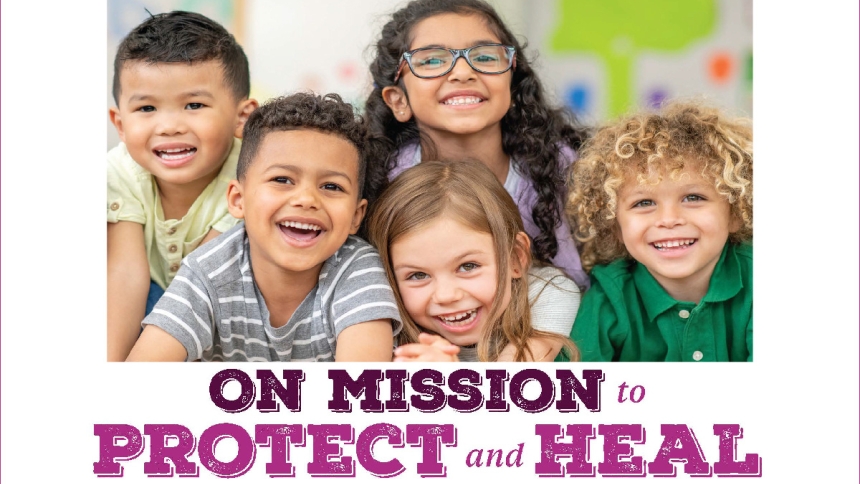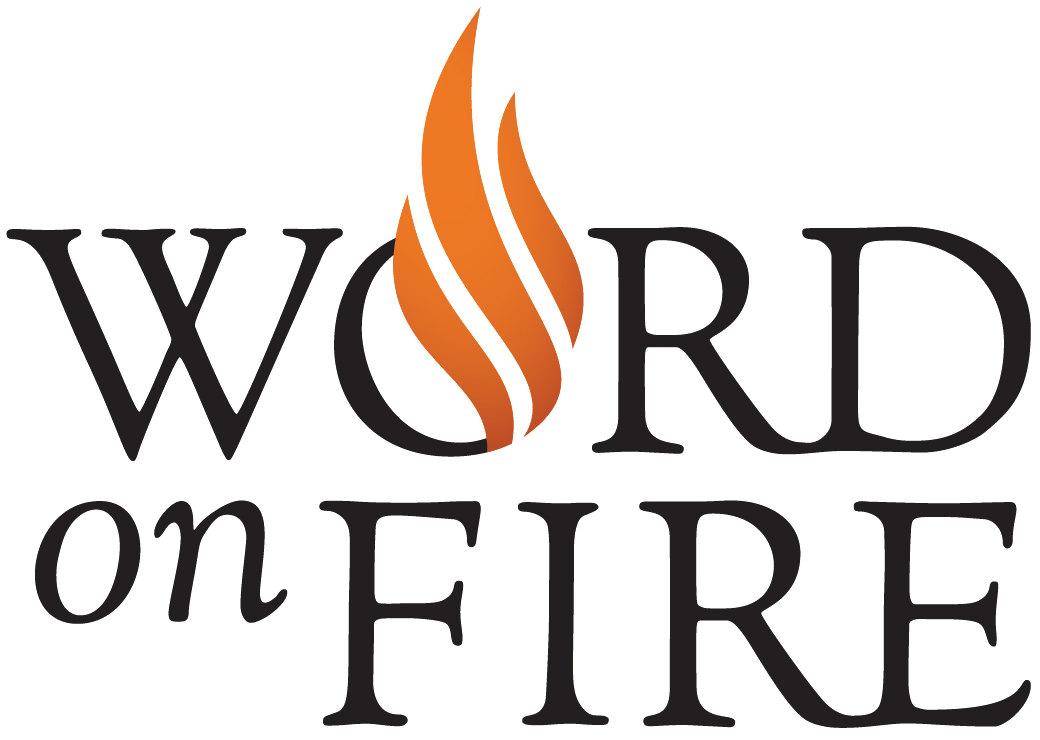
The journey to healing has been a long one for Kathleen Damman, who was abused by a Catholic priest at a young age. It was years later that she first told her family, and decades after that when she came forward with her report. Along the way, she’s had to work through anger, bitterness and grief. Yet it is a journey she encourages others to take.
“Healing and hope are possible, forgiveness is possible, and that freedom is possible, and they’re worth fighting for, and there are people here who are willing to walk with them on their journey,” Damman said in a video testimony she shared with the Diocese of Lansing.
Damman is someone willing to walk with survivors of abuse: For years, she has served as a leader of healing retreats for abuse survivors that the Diocese of Lansing has conducted since the early 2000s.
“Sharing my story and being a support for them also was in a lot of ways part of my healing journey,” she said. “It was like we accompanied each other on that road.”
The retreats are just one of the many ways the Catholic Church in Michigan is accompanying those who have suffered abuse. In 2002, the U.S. Conference of Catholic Bishops (USCCB) adopted the Dallas Charter for the Protection of Children and Young People, setting the standard for how the Church would respond to the clergy sex abuse scandal. It was the start of a ripple effect of culture change within the Church that puts the protection of children front and center.
Today, in line with requirements of the Charter, each of the seven dioceses in Michigan adheres to a three-pronged course of action. First, dioceses make available a designated professional to receive and report allegations of abuse and to provide victims with resources to help heal. Second, if an allegation of abuse arises, dioceses send the allegation to law enforcement before alerting a review board of mostly lay professionals to study the information received. The board then makes a recommendation to the bishop regarding any action to be taken in a case. Third, every diocese has established and prioritizes Safe Environment programs in parishes and schools to ensure adults who encounter children are vetted and trained to protect them.
This feature, reprinted from the Michigan Catholic Conference’s focus publication, shares how the Church in Michigan is carrying out the pledge to protect children and help heal those wounded by abuse.
Victim Assistance Coordinators Offer Empathy and Support
On the front lines of the Church’s outreach efforts are victim assistance coordinators. Every diocese is required by the Dallas Charter to appoint a coordinator to receive reports and to send those reports to law enforcement and the diocesan review board, ensuring there is a central contact to receive abuse allegations.
Perhaps just as important, the assistance coordinators serve as the Church’s listening ear to a person hurt by someone representing the Church.
“At the initial call, I seek first to listen to the person’s story without judgment and offer as much understanding, empathy and support as I can,” said Larry LaCross, victim assistance coordinator for the Diocese of Gaylord. “Regardless of the amount of time or nature of the incident, I also offer an apology on behalf of the Church for what the person has experienced. What matters most in that moment is that the person feels truly heard.”
The Dallas Charter calls for appointing someone “competent” to the victim assistance coordinator role, and the coordinators often have extensive professional and educational backgrounds in counseling and social work.
Victim assistance coordinators help arrange resources victims may need for healing. That may include facilitating counseling sessions, scheduling a meeting with the bishop, or inviting a victim to a healing retreat.
Training Employees and Volunteers to Spot and Report Abuse
To protect children and vulnerable adults, every diocese in Michigan has established a Safe Environment program for its parishes and schools. The dioceses employ Safe Environment coordinators who oversee training and background checks for clergy, employees and volunteers across the diocese. Parishes and schools have locally appointed Safe Environment coordinators who carry out these tasks at a local level and report to the diocesan coordinator.
Dioceses ensure that persons who regularly interact with children in Catholic facilities are properly vetted. But the key piece is the mandatory Safe Environment training for lay and clergy employees and volunteers to understand proper boundaries and how to recognize and report signs of abuse.
Due to the requirements of the Charter, together with efforts from the seven dioceses in Michigan, an estimated 230,000 people in the state have been trained in these Safe Environment practices, “creating an army of individuals with the ability to spot dangerous or suspicious situations and to respond quickly and correctly,” as a Detroit Catholic article put it.
The Church’s training has helped create a culture for employees and volunteers to feel “confident and empowered” to not only report abuse allegations but also “suspicions of red flag behavior,” said Kathleen McChesney, who oversaw the USCCB’s child protection office. She adds that the training represents a “remarkable change over time.” In the past, there was a culture of fear within the Church where people did not feel like they could report wrongdoing, particularly if it involved a well-respected priest, McChesney said.
That culture has now reversed to where children and adults are encouraged to report instances of abuse or even red flag behavior from anyone in the community, including clergy.
Professor Terry of John Jay College said limiting opportunities for abuse to occur helps prevent it. This is evident in the policies implemented to create appropriate boundaries between adults and children.
“We don’t see priests going on camping trips, for instance, with an individual teenage boy like we might have seen in the past,” she said.
Dioceses Send All Claims to Law Enforcement
Every Catholic diocese in Michigan — and those across the country — is required to report all abuse allegations it receives directly to law enforcement, regardless of the amount of time that has passed since the abuse occurred. Ensuring allegations are handled by civil authorities takes precedent.
When the abuse scandal broke in 2002, the Archdiocese of Detroit entered voluntary partnerships with the county prosecutors within its borders to share all existing case files of clergy accused of sexual misconduct, some of which dated back to the 1940s. As part of these agreements, the archdiocese has also shared every subsequent complaint with law enforcement, regardless of source, contents or the date of the alleged activity. Similarly, the Diocese of Gaylord has conducted a review of all priest files dating back to the diocese’s establishment and reported their efforts to county prosecutors.
Cooperative efforts have been ongoing between the Michigan dioceses and the state Attorney General’s Office since an investigation of abuse cases began in 2018. The attorney general told a legislative committee in March 2022, “We’ve seen great cooperation with the dioceses.”
When allegations are made against a clergy member, there is also an internal Church investigation. The facts are gathered by an independent investigator, who typically has a law enforcement background, said Steve Kin, chair of the review board for the Diocese of Saginaw.
That investigation is then reviewed by the diocesan review board, a panel required in every diocese. The review boards are made up mostly of lay people — who are often experts in law enforcement, medicine or social work — and are tasked with reviewing the facts of each case to make a recommendation to the bishop on the credibility of an allegation.
“The review boards are one way of making sure that it’s not just the clergy” reviewing allegations of child sex abuse, Kin said. “It is to provide, I think, some credibility to how the Church is addressing this issue now.”
While the definition can differ by diocese, a credible allegation is sometimes defined as one that could have some semblance of truth — that it appears to be or could even possibly be true. If a member of the clergy is found to have a credible allegation against him, he is required to be immediately removed from ministry by his bishop. Any further canonical penalties for the offending clergy are determined by the Vatican. The Vatican has also established formal processes for the reporting and investigation of a bishop if an allegation of abuse comes forward against him.
The dioceses receive and process all reports of abuse, regardless of the status of the priest. Bush, the victim assistance coordinator in the Grand Rapids Diocese, said she has spoken to individuals who had made reports of alleged abuse on behalf of their relatives who had long since passed away. Bush said the same process was still followed with those reports as with any other.
“Anybody is welcome to make that call,” she said.
Church’s Abuse Prevention Practices Described As ‘Model Policy’
The reforms initiated by the Dallas Charter and carried out by the dioceses are considered best practices for child protection, so much so that many other youth-serving organizations have adopted similar protections, said McChesney, the former FBI and USCCB official.
Not only that, but experts both inside and outside the Church believe the practices are working to protect children. Data collected in annual reviews and surveys show that almost all new reports of abuse are from instances dating back decades, and most were reported to have occurred prior to the Charter.
“Looking at the metrics, you can tell that the number of cases has gone down significantly,” McChesney said.
McChesney says the individuals who are Safe Environment or victim assistance coordinators are “really dynamic, energetic…an experienced professional cadre of men and women throughout the country.”
It is important for Catholics to learn that there are dedicated people working in and for the Church to ensure children are safe — and that the Church wants to minister to those who were abused, including anyone who was harmed by persons representing the Church.
Accountability, Transparency and Compliance
The Dallas Charter for the Protection of Children and Young People is not just a document. It is the standard that each diocese in the country is measured against to determine if they are protecting children.
Every diocese is subject to a review of its compliance with the Charter requirements, which is conducted by an external third-party compliance firm on a three-year basis. Between those on-site visits, dioceses must also submit reports on an annual basis to the firm. The auditor can ask questions regarding those annual reports to check for Charter compliance between its three-year reviews of the dioceses.
The USCCB facilitates the contract for the regular third-party review of dioceses’ Charter compliance, but the USCCB has no say over the results of those reviews. The results are published in annual reports available to the public.
In the 20 years since the Charter was adopted, these regular compliance reviews have shown that “people are very compliant with the guidelines and the Charter,” said McChesney, a former FBI official who led the Church’s first nationwide child protection office and helped implement the third-party review process that dioceses to this day follow.
“If you don’t go back and evaluate what you’ve done and measure it, and make sure you’re living up to your own standards, your organization is going to fail,” McChesney said.
Each of Michigan’s dioceses passed these most recent audits. Annual reports are available from the USCCB at cthl.cc/drawd





